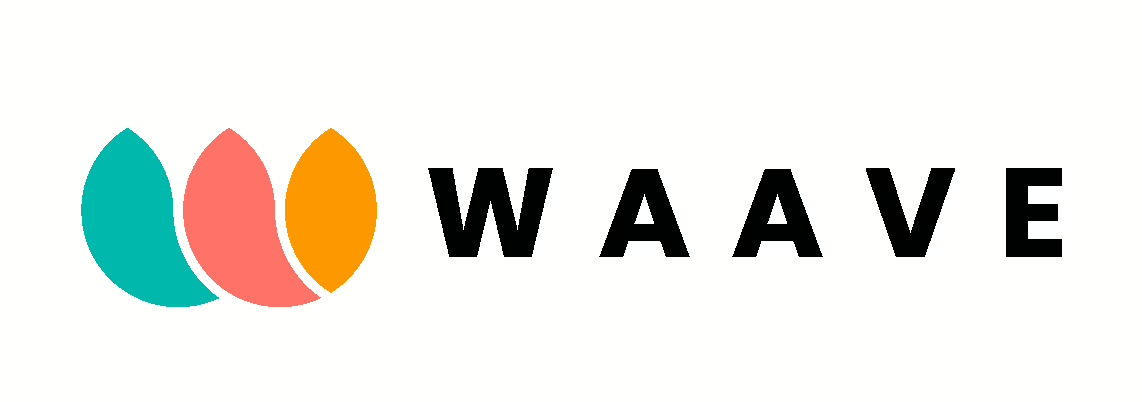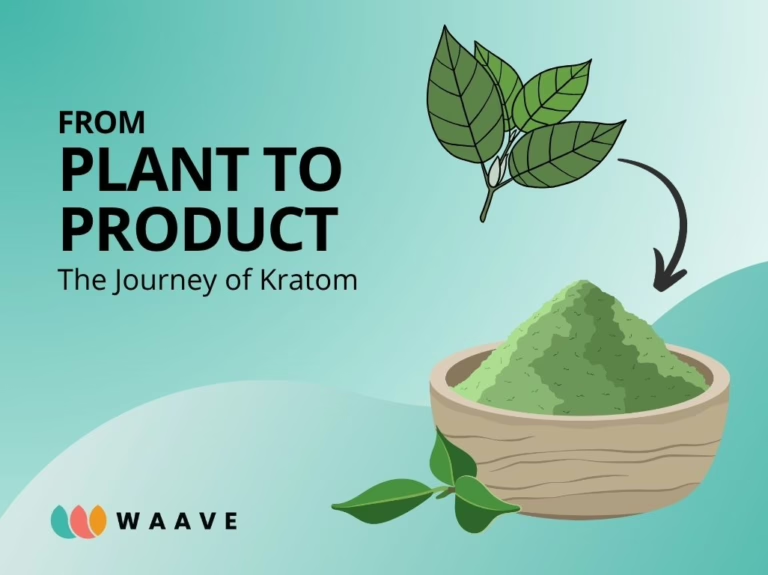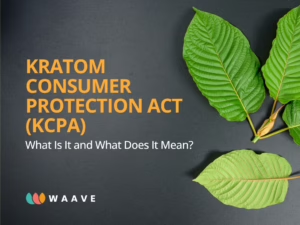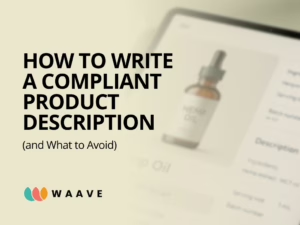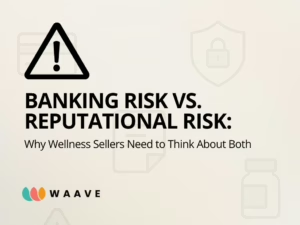What every conscious shopper should know about the kratom supply chain
Kratom is popping up in more wellness spaces, but few consumers understand what it takes for this botanical to go from lush jungle leaves to the neatly packaged products lining store shelves. Here’s a behind-the-scenes look at the kratom journey:
🌿 It Starts in the Jungle
Kratom comes from the Mitragyna speciosa tree, native to Southeast Asia. These trees thrive in rainforest conditions and are often cultivated by small-scale farmers using traditional methods. Unlike large-scale industrial agriculture, many kratom growers rely on natural biodiversity to keep the soil and ecosystem balanced—no clear-cutting or synthetic farming practices.
When you choose products from farms that value these traditions, you’re supporting not only the environment but also communities that have stewarded this plant for generations.
🍃 Harvesting with Intention
Once the leaves are mature, they’re hand-harvested and dried—sometimes in the sun, sometimes in controlled indoor environments depending on the desired outcome. This step may seem simple, but drying methods can impact both the quality and safety of the final product. Responsible producers take this phase seriously, avoiding shortcuts that might compromise integrity or cleanliness.
For consumers, this care behind the scenes means better consistency and less risk of contamination.
🧺 Processing with Care
After drying, the leaves are ground into a fine powder. At this point, ethical processors work in clean, regulated environments and avoid mixing in fillers or additives. The goal is to deliver a product that’s true to its source—with nothing extra added and nothing essential taken away.
Supporting brands that invest in responsible processing is a simple way to prioritize quality and integrity,
🏷️ Packaging that Tells a Story
The kratom powder is then packaged, often as capsules or loose leaf, and labeled with sourcing information, batch details, and compliance disclosures. Transparent packaging helps you trace where the product came from and how it was handled along the way.
As a buyer, these details help you choose kratom from companies that are upfront about their practices—not just flashy branding.
🌍 Getting It to the Shelf
Before it ends up in your hands, kratom must pass through a web of local, state, and national regulations. Sellers that take compliance seriously work only with partners who understand the legal landscape, helping to reduce the risk of banning the product.
In the end, you’re not just buying a botanical—you’re participating in a system. Choosing products from ethical, sustainable sources helps shape that system for the better.
What You Can Do as a Conscious Buyer
Not all kratom is created—or sourced—equally. If you’re looking to make more informed decisions, start by asking questions: Where was it grown? How was it processed? Is the seller transparent about its supply chain?
When you see the WAAVE badge, you can trust that the seller meets compliance standards across federal, state, and local levels—bringing you closer to the source and contributing to a better ecosystem.
